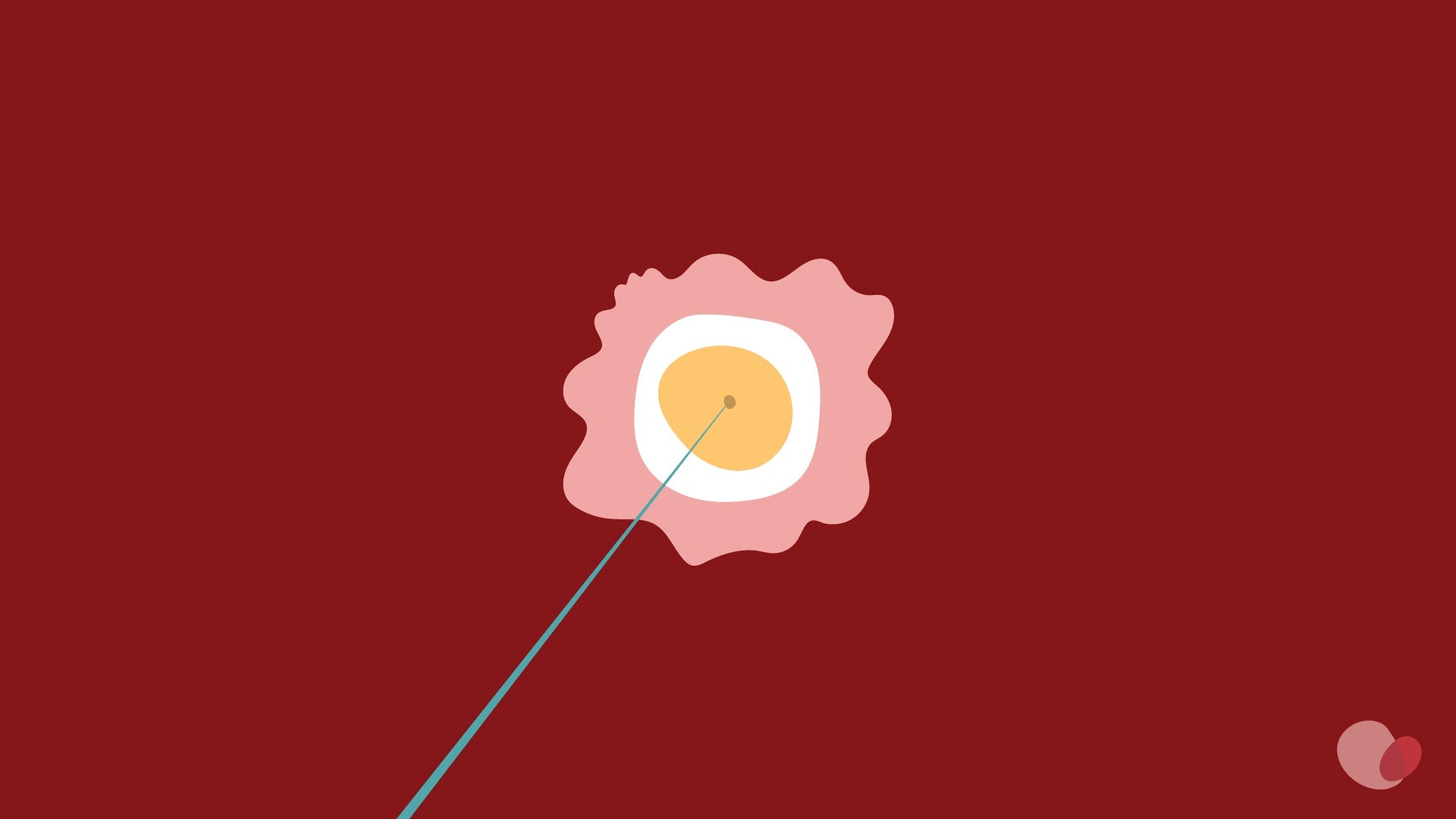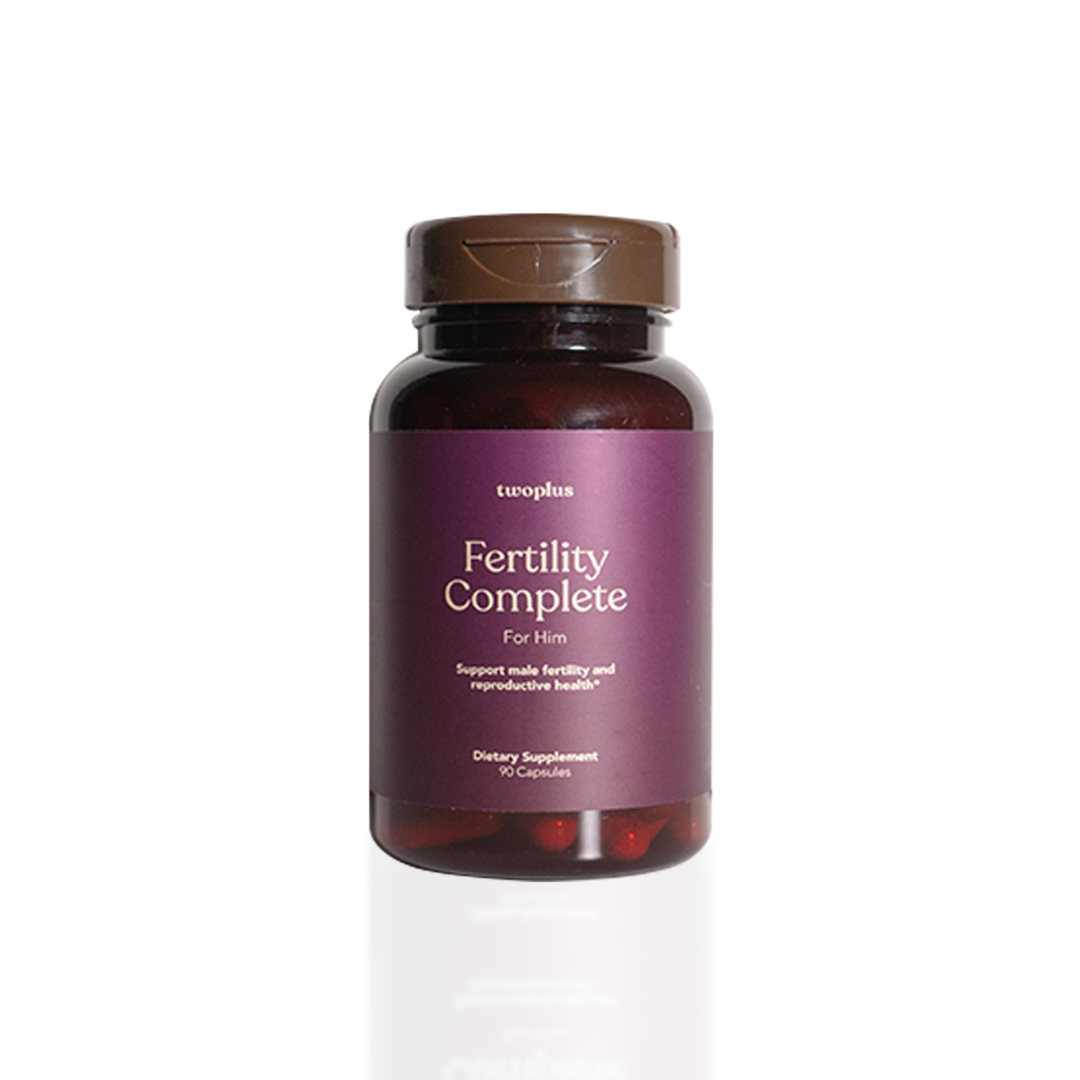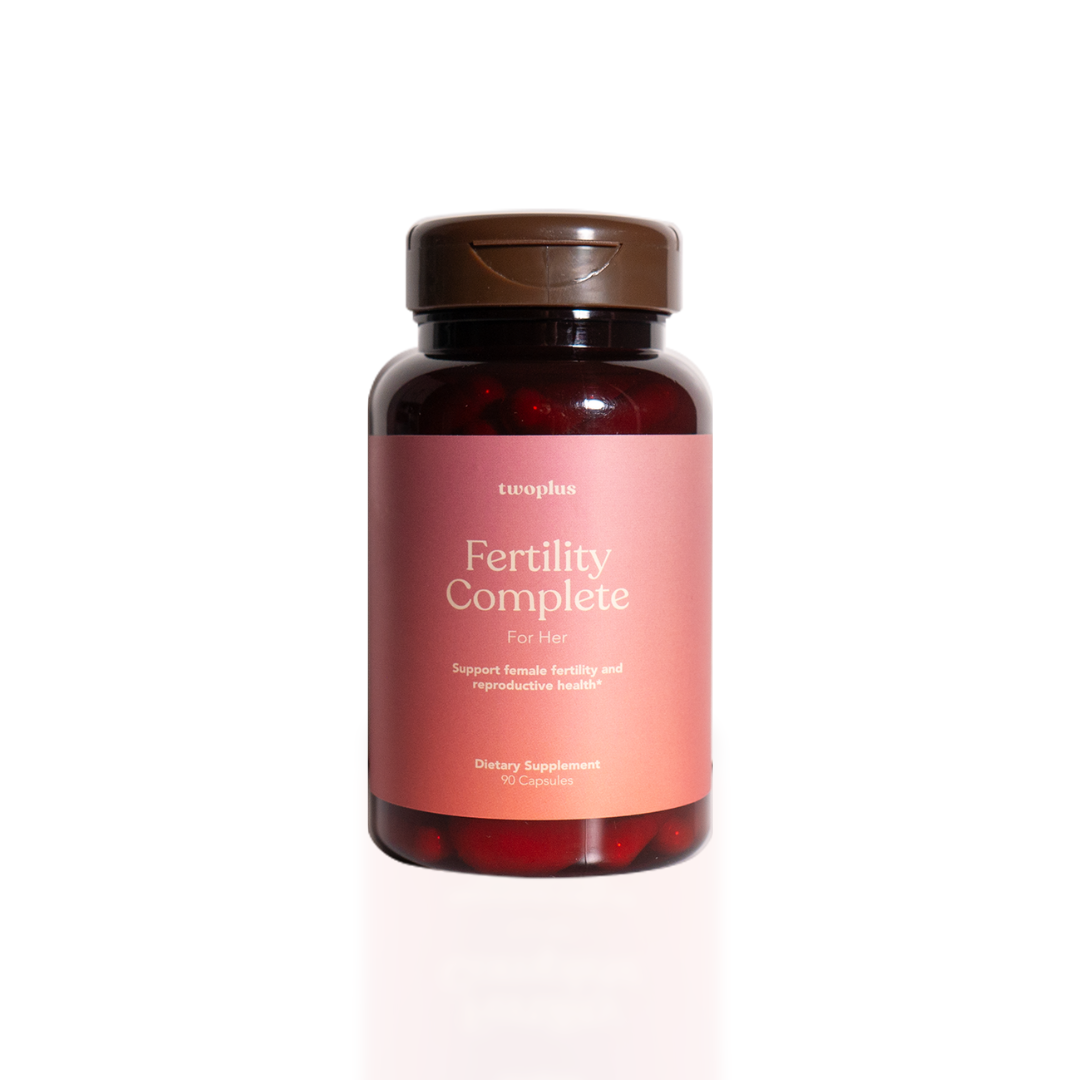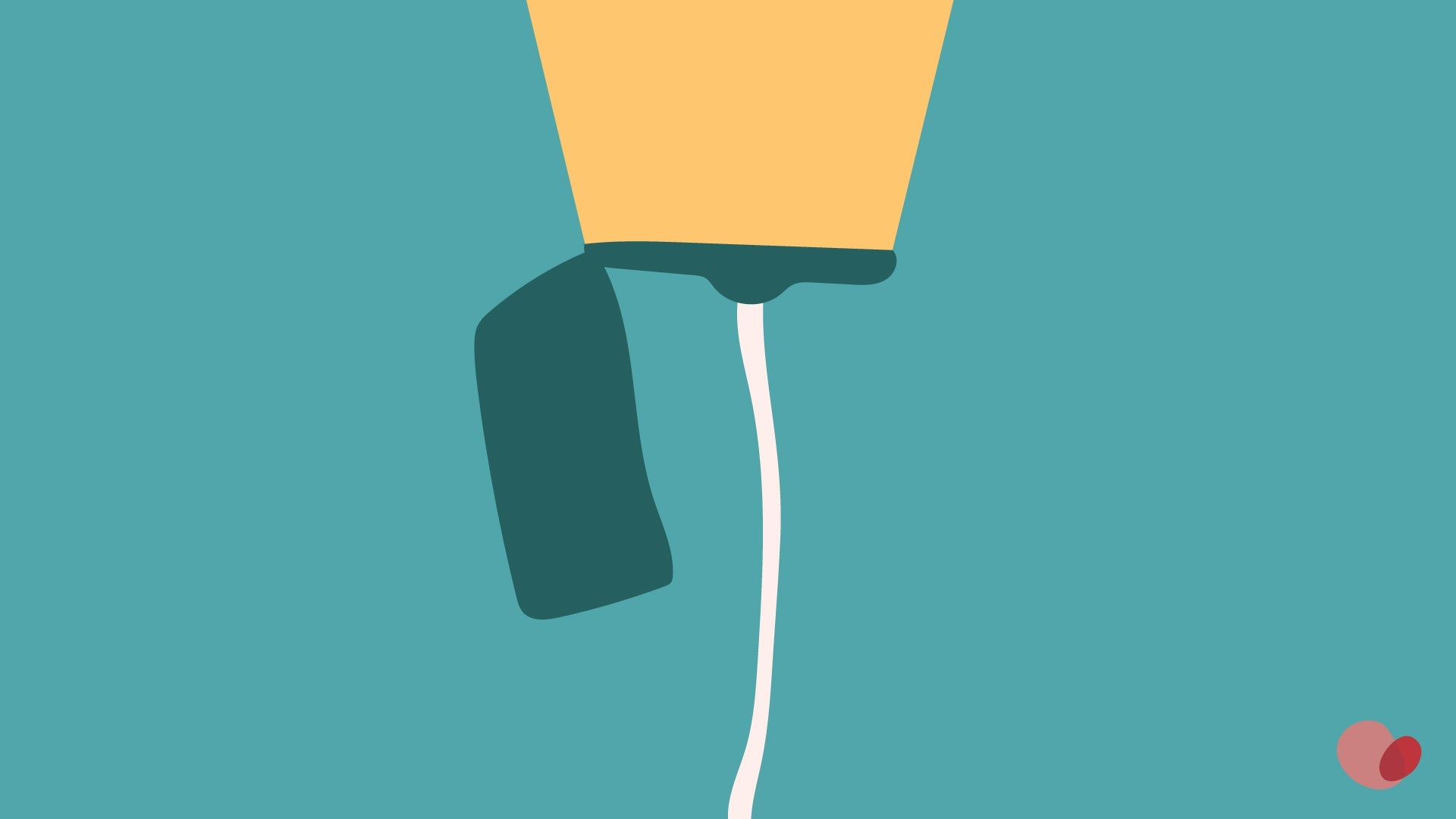4 Key Differences Between Fertility Treatments And Conception Aids

Trying to conceive is tough, especially if you and your partner are planning for your first child. Here we explore the differences between fertility treatments and conception aids, and take a look at which solution you can turn to if the going gets rough.
As many modern-day parents would easily attest to, trying to conceive is no walk in the park. Life demands a lot out of us these days, both professionally and personally, so much so that a good number of people forgo having a child altogether. The statistics concur, with Singapore’s Resident Total Fertility Rate dipping consistently ever since 1988 [1].
On the other hand, rapid advancements in science and technology have resulted in a ton of guesswork being taken out of the equation for couples who are trying to conceive. If you and your partner are having some trouble going au naturale, help is just a shopping cart or doctor’s appointment away.
Fertility treatments and conception aids are lifesavers for couples who just can’t seem to make their baby dance work. If you’re having trouble deciding which to pick, here are 4 key differences between the 2 options that you need to know about before putting your hard-earned money down. These are:
1. Cost
Cost would be the first, and perhaps most obvious, difference between fertility treatments and conception aids. The former can refer to a prescription of fertility drugs, professionally administered artificial insemination procedures, or surgical fertility treatments. These sound expensive right off the bat, and they usually are.
On the other hand, conception aids (also known as conception devices) include ovulation test kits or predictors to identify the best timeframe for unprotected sexual intercourse, needle-less syringes for self-insemination, and more. As the name suggests, they aid you in well…conceiving.
Fertility treatments are a lot more expensive compared to conception aids because they require a doctor and specialised medical equipment. Additionally, the drugs and procedures used can only be found in hospitals or certain clinics. They are definitely not available off the shelf nor can they be administered in a home setting.
Conception aids cost significantly less because they are simpler tools that can be self-administered. However, that doesn’t mean that they aren’t backed by science. In fact, millions of dollars and hours are often poured into their research and development. Take the twoplus Sperm Guide, a fertility product for men and women, for instance. This soft and flexible device is designed with doctors to minimise leakage of semen post-intercourse and boost your chances of conceiving.
2. Availability
Cost is one factor, but there’s also the issue of availability.
As mentioned above, fertility treatments require you to seek out a medical professional. This would mean consultations and tests need to be scheduled before the appropriate treatment is recommended, and lest we forget the multiple treatments or drug cycles required (read: you’ll have to jump through multiple hoops for fertility treatments).
In addition, popular fertility treatments like In-Vitro Fertilisation (IVF) require IVF-accredited gynaecologists and not just any gynaecologist or ob-gyn, adding to the wait and reducing availability for couples [2].
Conversely, conception aids are widely available in brick and mortar stores or on e-commerce platforms. These easy-to-use tools are meant to fine-tune you and your partner’s focus when trying to conceive instead of just praying and hoping for the best — not just when you are experiencing a rough patch.
Take twoplus’ Applicator for example. An at-home intravaginal insemination device, it's a lifesaver if your partner is ovulating and neither one of you is in the mood for the devil’s tango. Alternatively, if your partner experiences from painful sex but both of you are committed to having a child, this is a less painful device that is low-cost and easy to use.
3. Time and effort
Another difference between fertility treatments and conception aids would be the amount of time and effort that you need to commit.
To use the example of IVF again, a full cycle takes about 3 weeks [3]. This includes all the pre-consultations, medication, the actual embryo transfer process and post-consultation. But that’s not all you’ll have to factor in, in the event that the medication or treatment doesn't work after a certain number of cycles, you’ll need to commit even more time and effort to seek out an alternative option.
On the other hand, conception aids are more hassle-free. The best ovulation test kits or predictors work their magic in as quick as 10 minutes. It’s up to you and your partner after that to work yours. Ditto for solutions like twoplus’ Applicator, as detailed above. Fill the collection cup, self-inseminate, and dispose properly (do note that the Applicator is single-use only!).
4. Purpose
Despite similar-sounding names, you’ve probably realised by now that fertility treatments and conception aids serve 2 distinct purposes. Couples rely on the former if they’ve been medically diagnosed with fertility issues, and on the latter if they’re still early into the conception game.
Conception aids are for the most part, unable to help couples with fertility issues as they are only meant to give folks a conception boost. Think along the lines of poor sexual intercourse timing, painful sex, or other relatively niggling issues.
That being said, fertility treatments can be used in conjunction with conception aids, and don’t need to be mutually exclusive. For example, if you are prescribed clomiphene citrate to treat infertility, you can use twoplus’ Sperm Guide with your partner to further increase the chances of conception.
Summarising Fertility Treatments vs Conception Aids
|
Attribute |
Fertility Treatments |
Conception Aids |
|
Cost |
High. E.g. Up to S$15,000 (£8,441.60) for IVFs in Singapore [2]. |
Low. E.g. S$78 (£43.90) for twoplus’ Sperm Guide. |
|
Availability |
Depends on the treatment. Some need the expertise of highly-specialised medical professionals. |
Widely available at brick and mortar stores or on e-commerce platforms. |
|
Time and effort |
Multiple treatment cycles and consultations might be required. |
These tools are often designed to be hassle-free. For reusable ones, do ensure proper sanitisation. |
|
Purpose |
To help couples who are facing severe fertility issues. |
To give couples a boost in their efforts to conceive. Their fertility is often in good shape. |
Do these conception options have anything in common?
Despite their differences, both conception options help couples conceive. Which one you decide to go with depends on the severity of your fertility issues. As a rule of thumb, fertility treatments should be considered if you and your partner haven’t had any results after trying things out naturally for 6 months to a year.
Additionally, despite their large price gulf, both conception options are backed by years of research and testing. Even the simple home pregnancy test kit has undergone decades of refinement after being introduced in the 1970s [4]. Today, home pregnancy test kits are almost 100% accurate and you’ll get your results in just a few minutes.
As the years go by, expect to see more of the same happening for both fertility treatments and conception aids. Existing solutions will continue to be refined and newer options will be made available, granting couples a wider range of choices. This is especially pertinent for the former, where side effects are something that couples must consider.
In closing
If you and your partner are looking to get a leg up (metaphorically) when trying to conceive, the many conception options available can be daunting. Knowing these 4 key differences between fertility treatments and conception aids will help you out greatly when performing your research.
Given that there are so many solutions available for both conception options, you and your partner will need to hunker down and determine what you really need. Both parties taking a fertility hormone test would be a great way to start. The results will let you know which conception option is more suitable, saving valuable time and effort.
And if you feel truly lost in the woods, your primary care physician and gynaecologist are more than willing to explain what you and your partner require. They say that it takes a village to raise a child, but many forget that getting pregnant requires several hands on deck too. So don’t be shy to ask questions or for help when on this conception journey!




